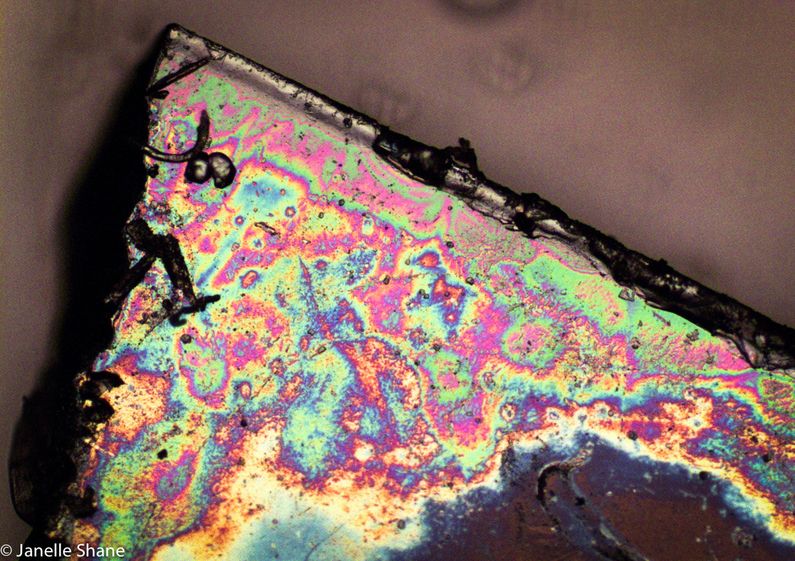It resembles a mushroom cloud, but in fact, it’s one of our microscopic
nanolasers, imaged under an electron microscope. These lasers are among the
smallest in the world, so small you could fit a billion of them on an iPhone
home button, small enough to one day fit easily










